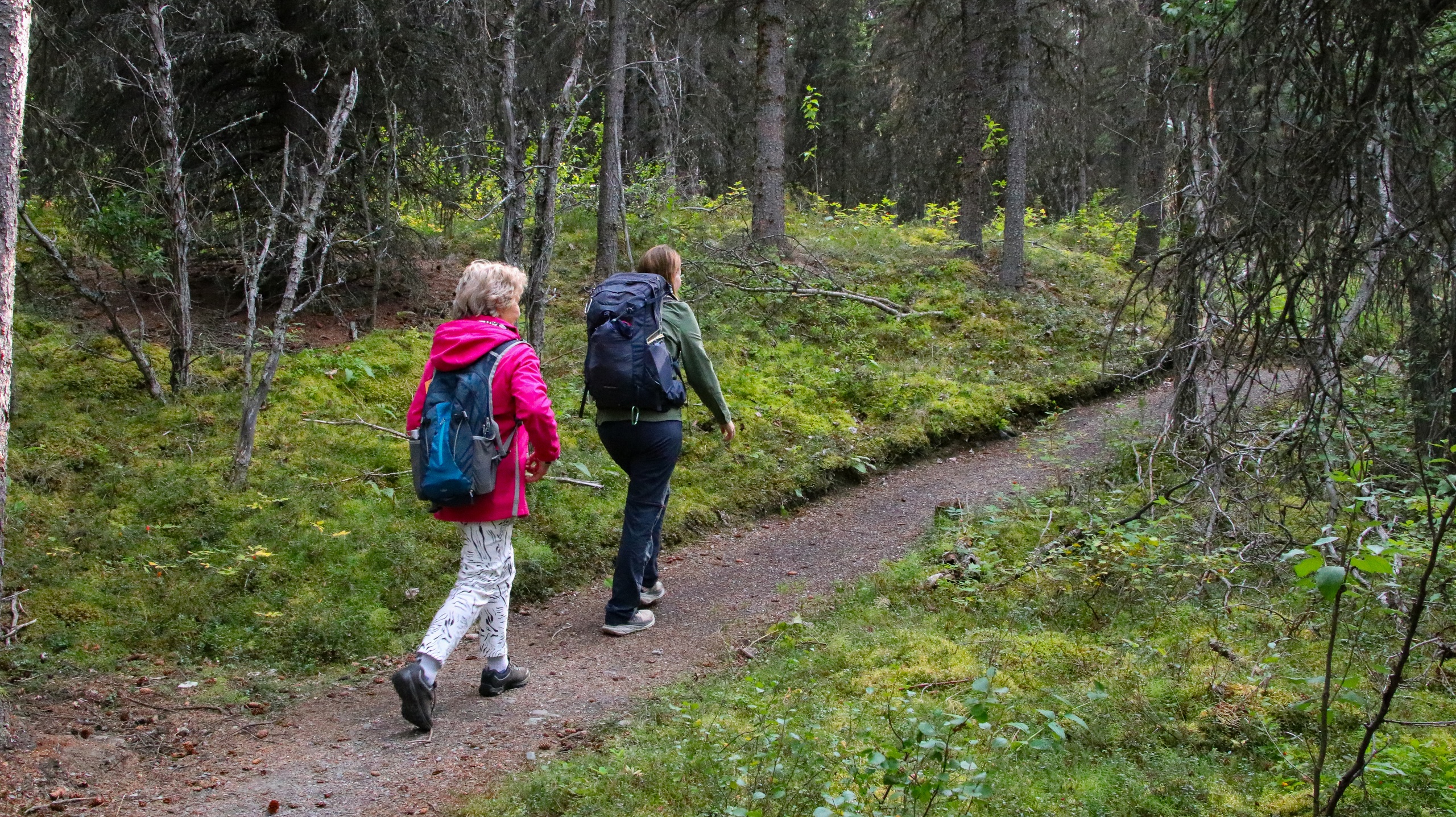Chasing Wind Lines at Great Sand Dunes National Park and Preserve
Climb North America’s tallest dunes under the Sangre de Cristo skyline
Dawn slides over the Sangre de Cristo Range and the dunes wake with it—ridges sharpening, shadows cooling the sand’s shoulders, Medano Creek murmuring at the base like a metronome. Step off the boardwalk and the first dune greets you with a soft pushback, each footfall sinking, each breath a small agreement to keep going. The wind—always the choreographer here—sketches cat’s-paw riffs across the surface and dares you to follow the lines. Ahead, the tallest dunes in North America roll like frozen swells, up to 750 feet high, a golden sea stopped by a wall of alpine rock.
Trail Wisdom
Start at First Light
Beat heat, wind, and crowds by hitting the sand at sunrise; sand temperatures remain comfortable and the light is excellent for photos.
Read the Wind
If gusts kick up, descend from high ridges to windward slopes where sand blows less aggressively and visibility improves.
Hydrate Like It’s High Altitude
At 7,500+ feet, dry air and reflected sun dehydrate fast—carry 2 liters per person for short hikes, more for Star Dune.
Wax Early, Wax Often
For sandboarding or sledding, reapply wax every few runs to keep speed and control on the dunes’ soft surface.
Local Knowledge
Hidden Gems
- •Zapata Falls for a cool slot-water break on hot days
- •Mosca Pass Trail for shaded forest walking and views back to the dune field
Wildlife
Pronghorn, Mule deer
Conservation Note
Stay off fragile vegetation at the dune margins and pack out all waste—winds spread micro-trash quickly across the sand and riparian zones.
Local communities pushed to protect the dunes from water diversions, leading to national monument status in 1932 and national park and preserve designation in 2004.
Seasonal Guide
spring
Best for: Medano Creek surge flow, Cool dune ascents
Challenges: High winds, Cold creek water
Late April through June brings the creek’s rhythmic waves and milder temperatures—go early for the calmest conditions.
summer
Best for: Long daylight, Evening stargazing
Challenges: Hot sand (130–150°F), Afternoon thunderstorms
Hike at dawn or dusk to avoid heat; plan to be off high dunes when dark clouds stack over the Sangres.
fall
Best for: Stable weather, Quieter trails
Challenges: Cooler mornings, Occasional strong fronts
September and October deliver crisp air, fewer crowds, and excellent visibility across the San Luis Valley.
winter
Best for: Snow-dusted dunes, Solitude
Challenges: Cold temps, Icy patches and biting wind
Bundle up for serene, otherworldly scenes; traction can help on frozen slopes and creek banks.
Photographer's Notes
What to Bring
Closed-Toe Hiking Shoes or Light BootsEssential
Protects feet from hot sand and offers better traction and support on steep slopes.
Wide-Brim Hat and High-SPF SunscreenEssential
Strong sun reflects off sand—shield your face and reapply sunscreen often.
2L Hydration SystemEssential
Hands-free sipping helps you keep pace and avoid dehydration at altitude.
Sandboard or Sandsled with Wax
Proper boards transform steep faces into smooth, fast rides; wax keeps them gliding.
Common Questions
Do I need a reservation or timed entry to visit?
No timed-entry system is in place as of now; standard national park entrance fees apply at the main gate.
When does Medano Creek typically flow?
The creek usually runs from late April through June, peaking around late May depending on snowpack and spring temperatures.
Can I rent sandboards in the park?
Rentals are not available inside the park; pick up boards and wax from outfitters in Mosca or Alamosa before you arrive.
Are pets allowed on the dunes?
Leashed pets are allowed in the main day-use dune area and the campground; they are not permitted in designated wilderness or backcountry dune zones.
How hot does the sand get in summer?
Midday sand temperatures can exceed 130–150°F—plan hikes for early morning or evening to protect feet and avoid heat stress.
Is 4WD required for Medano Pass Primitive Road?
Yes. High-clearance 4WD is recommended due to sand, creek crossings, and ruts; lower tire pressure is often necessary when conditions are soft.
What to Pack
Gaiters to keep sand out of shoes; 2 liters of water per person for steady hydration; sun protection (hat, sunglasses, SPF 30+) for intense reflected light; a windproof layer for gusty ridgelines even on warm days.
Did You Know
Great Sand Dunes National Park and Preserve contains the tallest dunes in North America, with summits rising up to about 750 feet above the valley floor.
Quick Travel Tips
Arrive before 8 a.m. in summer to secure parking at the Dunes Lot; pick up sandboards in Mosca or Alamosa—there are no rentals in the park; check the Medano Creek flow forecast on the NPS website before planning a water day; watch for afternoon storms and plan to be off high ridges by early afternoon in July–August.
Local Flavor
Wrap the day in Alamosa with a burger and house ale at San Luis Valley Brewing Company, then wander to Square Peg Brewerks for a local pint. For breakfast before dawn patrol, Milagros Coffee House pours strong espresso and serves hearty burritos that travel well to the dunes.
Logistics Snapshot
Closest airports: Alamosa (ALS, 35 miles) or Colorado Springs (COS, ~165 miles). Main trailhead: Dunes Parking Area off CO-150. Driving time from Alamosa: ~40 minutes. Cell service is spotty to none near the dunes. No reservations required; standard park entry fee collected at the gate. Backcountry camping on dunes requires a free permit from the Visitor Center.
Sustainability Note
The dunes and surrounding riparian habitats are highly sensitive—stick to durable sand, avoid trampling grasses and willows along Medano Creek, and pack out all trash. Wind spreads microplastics quickly; leave the landscape cleaner than you found it.
Continue Reading

Canyon Wave: Rafting Denali’s Glacial Heart on the Nenana River
The Nenana River doesn’t whisper—it urges you forward. On the Canyon Wave run, you’ll punch through crisp, glacial rapids beneath Denali’s ramparts, trading roadside views for a front-row seat to Alaska’s wild hydraulics. Cold water, big smiles, and a canyon that knows how to keep pace.
Healy, Alaska

Chasing Light in Denali: An Afternoon Hike Across Taiga and Tundra
Trade the tour bus for tundra. This guided afternoon hike threads from shadowed spruce to open ridgeline, where Denali’s valleys breathe wide and the wind calls the cadence. Come for the views, stay for the stories beneath your boots.
Denali Park, Alaska

